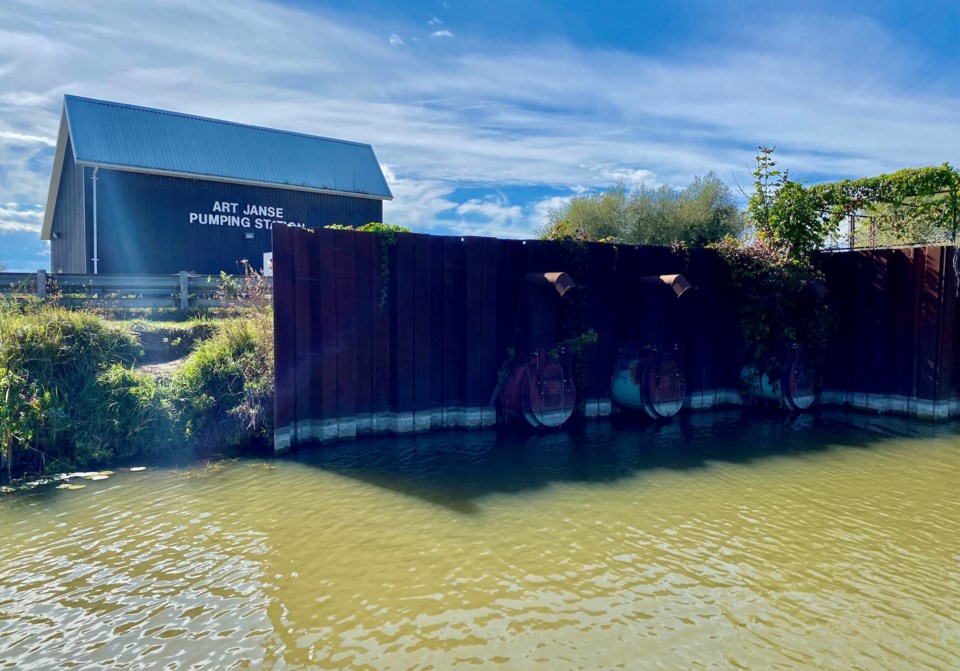NEWS RELEASE
TOWN OF GEORGINA
*************************
Georgina Town Council has unanimously passed Councillor Dave Neeson’s motion to move forward the proposed Holland Marsh Phosphorus Recycling Facility.
The proposed facility will reduce phosphorus runoff from the Holland Marsh agricultural area into the Holland River and Lake Simcoe by up to 85 per cent, removing an estimated 2.5 tonnes per year. Bradford West Gwillimbury Council also unanimously passed the same motion last week, sponsored by Councillor Jonathan Scott.
“We need this facility to proceed on an urgent basis so we can finally begin to honour our shared commitments to the Lake Simcoe Protection Plan, which calls for phosphorus pollution in the lake to be reduced significantly,” said Neeson. “This facility is the only proposed contribution to this important goal, and will make a significant difference in protecting the Holland River and Lake Simcoe. We need York Region and the province to work together to move this facility forward.”
The facility is proposed by York Region to be built on the Holland River between Bradford and King. The federal government is contributing $16 million toward the estimated $40-million cost. However, the project is currently on hold because York Region was planning to include it as part of its overall Upper York Sewage Solution scheme, which the province has paused indefinitely.
“We need York Region to honour their commitment to build this phosphorus pollution reduction facility on an urgent basis,” said Councilllor Scott, whose ward will host the proposed facility. “The province can and should come to the table to help fund the facility, so we can all work together to get this recycling facility built as soon as possible.”
Similar motions are now also proposed in other watershed municipalities, including East Gwillimbury, Innisfil and Brock Township.
“This facility is a vital project to protect the Holland River sub-watershed and the Lake Simcoe watershed. It will reduce phosphorus runoff by an estimated 2.5 tonnes per year, equating to reducing nearly 85 per cent of the phosphorus runoff per year from the Holland Marsh agricultural activities. Reducing phosphorus loads in the river and lake is critical to the overall health of our watershed. As such, our association strongly supports this motion and echoes the call for all levels of government to work together to fund, design and build this important Facility,” said Jody Mott, executive director, Holland Marsh Growers’ Association.
“Building this phosphorus recycling plant has got to be the easiest way...to make good on those promises to protect the lake while actually taking a bite out of the lake's phosphorus loads…There have been many promises waiting to be fulfilled for Lake Simcoe…The promised plant would remove 99 per cent of the [phosphorus]...This is the largest diversion of phosphorus ever proposed for Lake Simcoe; we have to do it,” said Clare Malcolmson, executive director, Rescue Lake Simcoe Coalition.
“Waiting for a decision on the UYSS project before proceeding with the Holland Marsh project makes no sense. The Holland Marsh project has federal funding in place and can help to drastically reduce phosphorus pollution coming from this area (by 85 per cent). This is exactly the kind of action we need if we are going to meet the goals of the Lake Simcoe Protection Plan and reduce phosphorus pollution reaching the lake by 55 per cent...We need this Holland Marsh pollution reduction project to proceed,” said Jack Gibbons, chair, Lake Simcoe Watch.
*************************

.jpg;w=120;h=80;mode=crop)